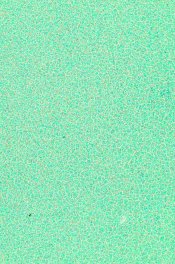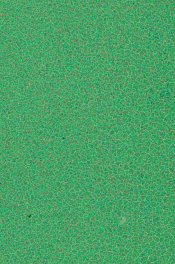Mustafa Umut Sarac
Member
There are two ways for success at Autochrome.
First : Buy an autochrome plate for 60 dollars from antiques shop , peel off the panchromatic emulsion and get screened glass that side and put a modern BW film contacting with glass and take your autochrome pictures , hundreds of them with using the same plate and register the developed films later and see the autochrome colors and pictures.
Second , get first panchromatic side removed autochrome plate , scan it , get a copy of your autochrome screen and than filter your color pictures with that original screen file and apply curves to it and get your autochrome digital file for your magazine.
You can sell that file later and turn it to money.
These are the only ways costs less than 60 dollars and absolute success.
Best ,
Mustafa Umut Sarac
Istanbul
First : Buy an autochrome plate for 60 dollars from antiques shop , peel off the panchromatic emulsion and get screened glass that side and put a modern BW film contacting with glass and take your autochrome pictures , hundreds of them with using the same plate and register the developed films later and see the autochrome colors and pictures.
Second , get first panchromatic side removed autochrome plate , scan it , get a copy of your autochrome screen and than filter your color pictures with that original screen file and apply curves to it and get your autochrome digital file for your magazine.
You can sell that file later and turn it to money.
These are the only ways costs less than 60 dollars and absolute success.
Best ,
Mustafa Umut Sarac
Istanbul
Last edited by a moderator:








 . I did find a description and formula for reversal processing, so I'm part way there.
. I did find a description and formula for reversal processing, so I'm part way there.







